You're viewing Apigee Edge documentation.
Go to the
Apigee X documentation. info
Symptom
The client application gets an HTTP status code of 502 Bad Gateway with the error
code protocol.http.ResponseWithBody as a response for API calls.
Error message
Client application gets the following response code:
HTTP/1.1 502 Bad Gateway
In addition, you may observe one of the following error messages:
{
"fault":{
"faultstring":"Received 204 Response with message body",
"detail":{
"errorcode":"protocol.http.ResponseWithBody"
}
}
}{
"fault":{
"faultstring":"Received 205 Response with message body",
"detail":{
"errorcode":"protocol.http.ResponseWithBody"
}
}
}Possible causes
This error occurs if the HTTP response from the backend server to Apigee Edge is either
204 No Content or 205 Reset Content but it contains the response
body and/or one or more of the following headers:
Content-LengthContent-EncodingTransfer-Encoding
As per the specifications
RFC 7231, section 6.3.5: 204 No Content and
RFC 7231, section 6.3.6: 205 Reset Content, it is expected that no additional content
should be sent as part of the response payload body with status code 204 No
Content or 205 Reset Content by the origin server. The response headers
such as Content-Length, Content-Encoding or
Transfer-Encoding indicate the size, type or format of the response payload.
Therefore, Apigee Edge returns a 502 Bad Gateway status code with
the error code protocol.http.ResponseWithBody to the client under the following
circumstances:
| Status code from backend server | ||
|---|---|---|
| Response from backend server contains | 204 No Content | 205 Reset Content |
| Response Body | ERROR | ERROR |
(set to non-zero) |
ERROR | ERROR |
(set to supported encoding in Apigee Edge) |
ERROR | NO ERROR |
Transfer-Encoding |
ERROR | ERROR |
Here are the possible causes for this error:
| Cause | Description | Troubleshooting instructions applicable for |
|---|---|---|
| Response body or Headers with 204 response from backend server | The backend server sends a 204 No Content or 205 Reset Content
response with a response body and/or one or more of headers Content-Type,
Content-Encoding or Transfer-Encoding. |
Edge Public and Private Cloud users |
Common diagnosis steps
Use one of the following tools/techniques to diagnose this error:
API Monitoring
To diagnose the error using API Monitoring:
- Sign in to Apigee Edge UI as a user with an appropriate role.
Switch to the organization in which you want to investigate the issue.
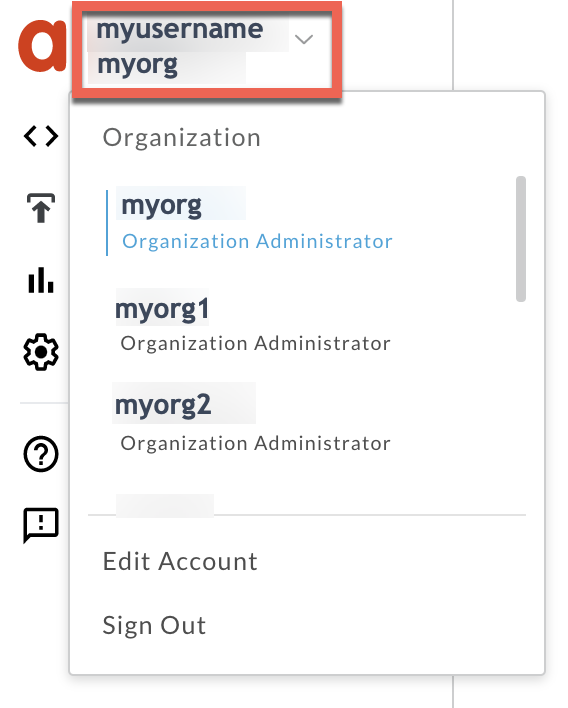
- Navigate to the Analyze > API Monitoring > Investigate page.
- Select the specific timeframe in which you observed the errors.
- Plot Fault Code against Time.
Select a cell which has the fault code
protocol.http.ResponseWithBodyas shown below: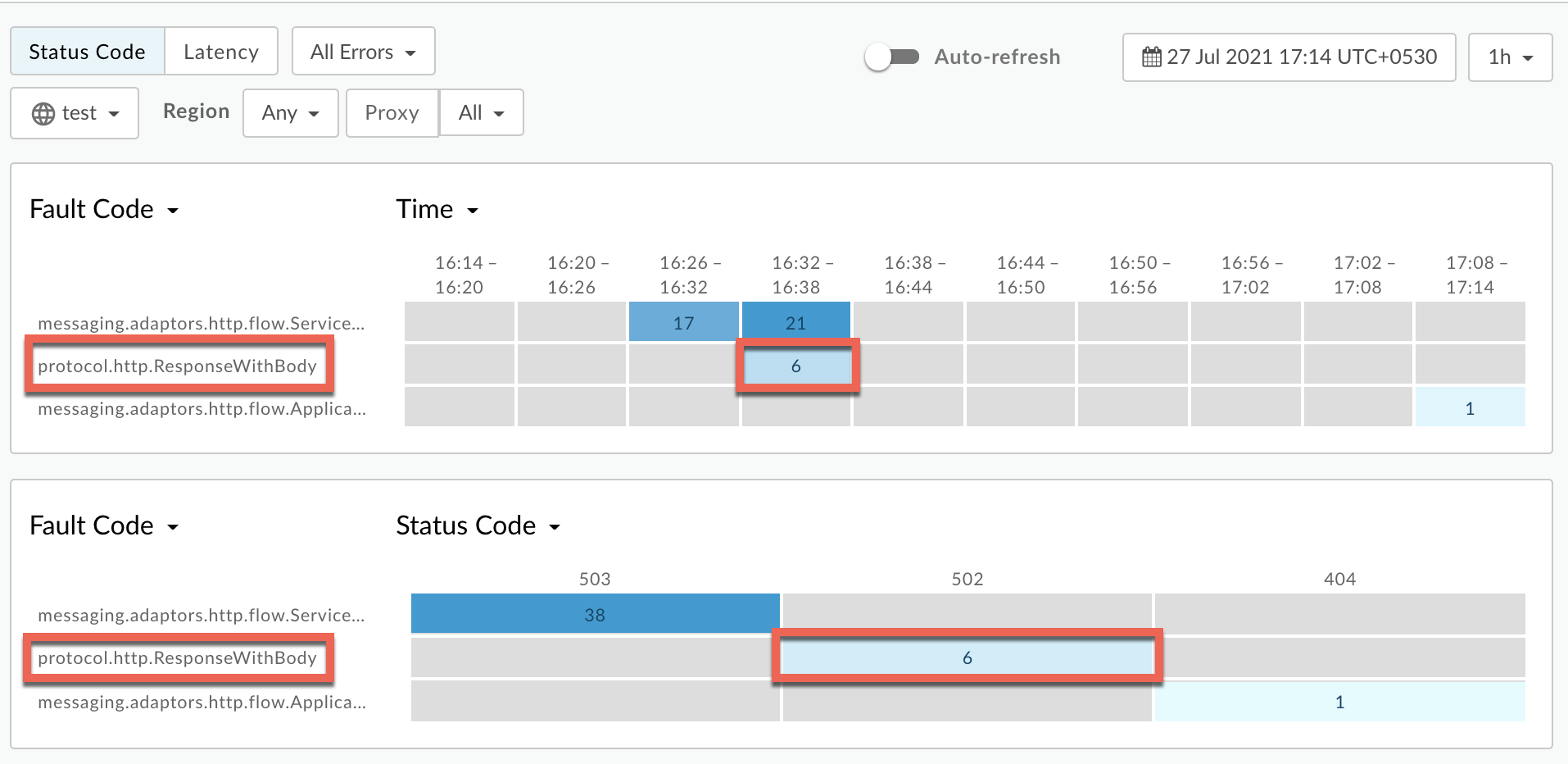
You will see the information about the fault code
protocol.http.ResponseWithBodyas shown below:
Click View logs and expand the row for the failed request.
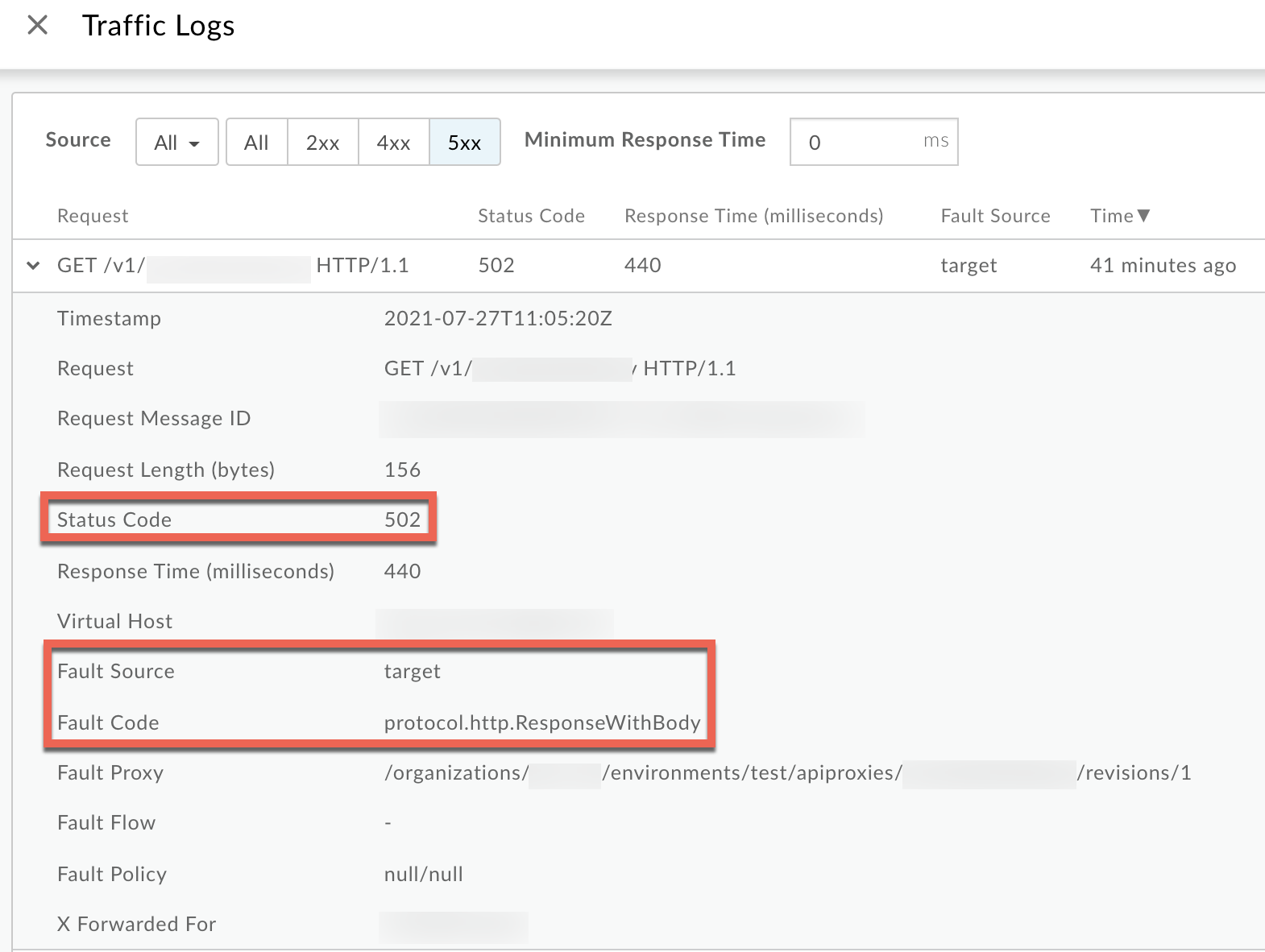
- From the Logs window, note the following details:
- Status Code:
502 - Fault Source:
target - Fault Code:
protocol.http.ResponseWithBody.
- Status Code:
- If the Fault Source has the value
targetand the Fault Code has the valueprotocol.http.ResponseWithBody, then that indicates that the error occurred because the backend server sent a204 No Contentor205 Reset Contentstatus code with the response body and/or one of the headers mentioned in the Possible causes section.
Trace tool
To diagnose the error using the Trace tool:
- Enable the trace session
and either:
- Wait for the
502 Bad Gatewayerror to occur. or - If you can reproduce the issue, make the API call and reproduce
502 Bad Gatewayerror.
- Wait for the
Ensure Show all FlowInfos is enabled:
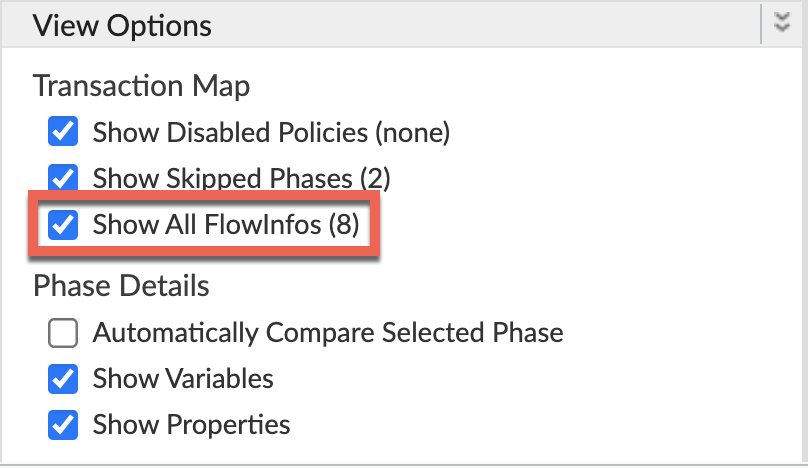
- Select one of the failing requests and examine the trace.
- Navigate through different phases of the trace and locate where the failure occurred.
You will typically find the error in the
flowinfoError just after the Request sent to target server phase as shown below:Scenario #1
Scenario #1: Backend Server responds with status code
204 No Contentcontaining response body and/or one of the headers listed in Possible causes.
Note the values of the following from the trace:
- error:
Received 204 Response with message body - error.class:
com.apigee.rest.framework.BadGateway
Scenario #2
Scenario #2: Backend Server responds with status code
204 No Contentcontaining response body and/or one of the headers listed in Possible causes.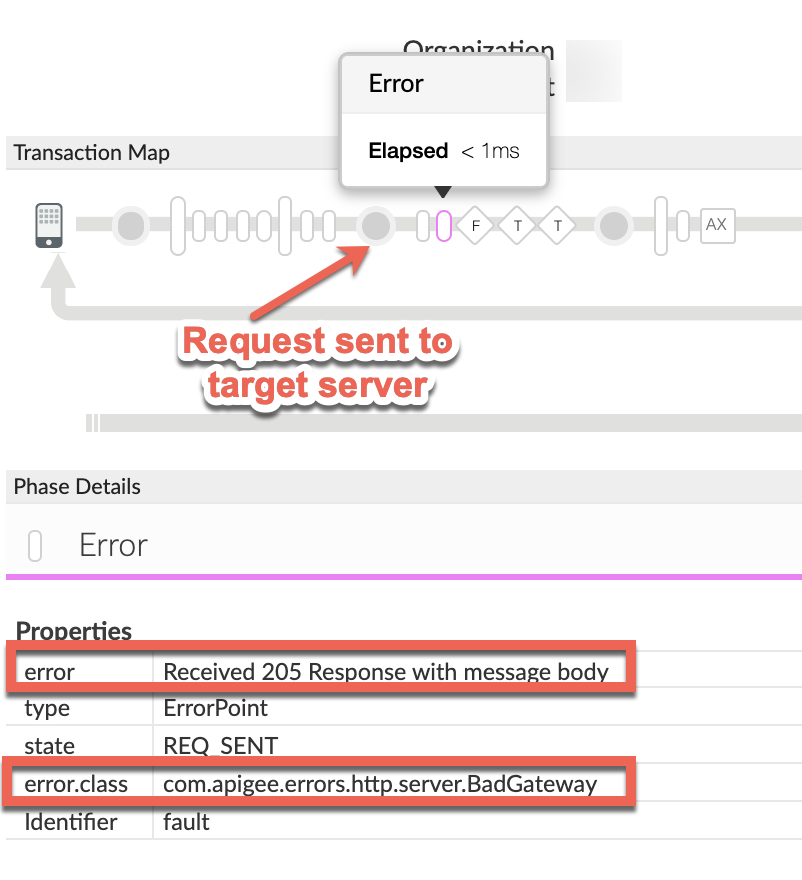
Note the values of the following from the trace:
- error:
Received 205 Response with message body - error.class:
com.apigee.rest.framework.BadGateway
- error:
- Navigate to the AX (Analytics Data Recorded) phase in the trace and click it.
Scroll down to the Phase Details, Error Headers section and determine the values of X-Apigee-fault-code and X-Apigee-fault-source as shown below:
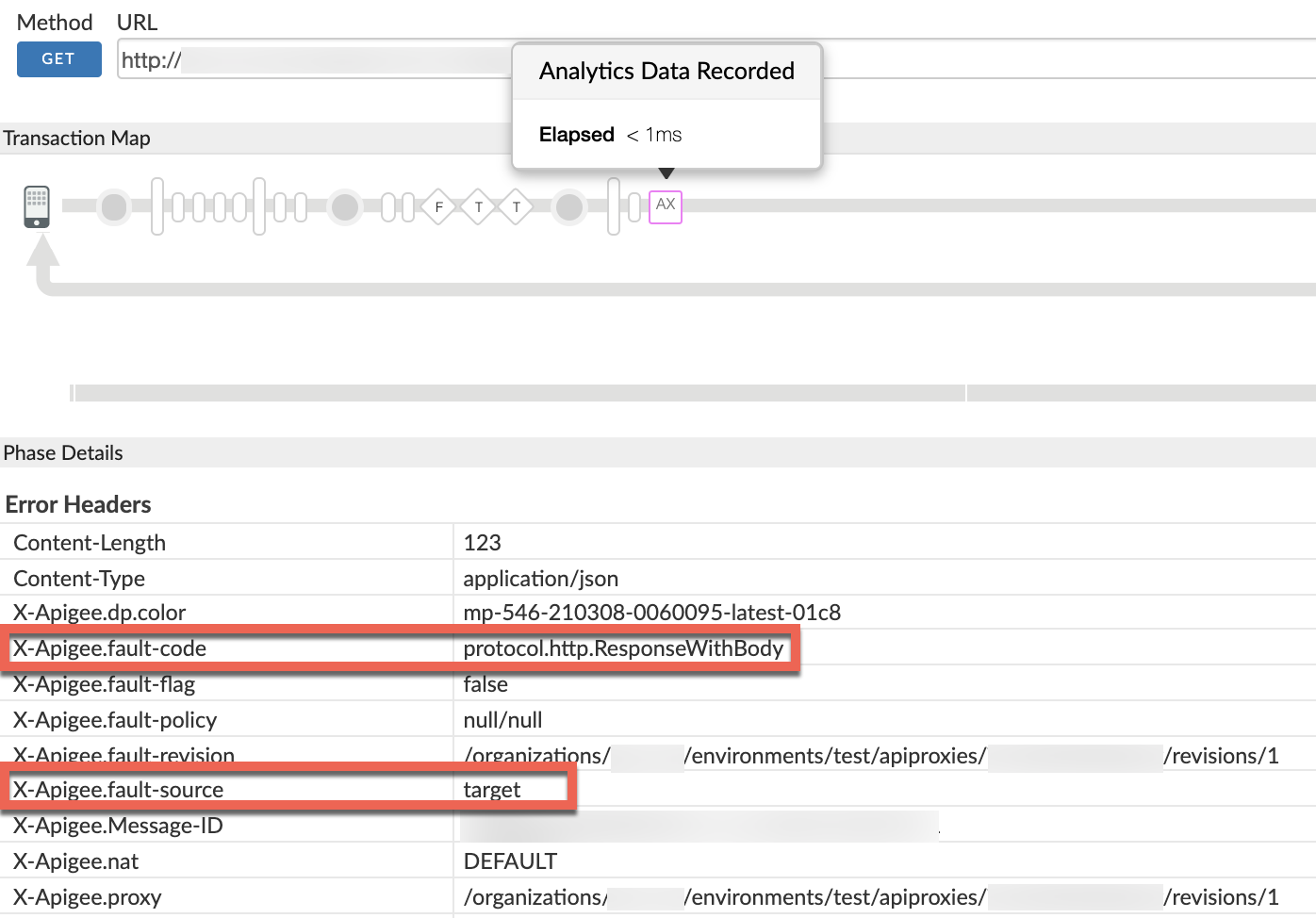
- Note that the values of X-Apigee-fault-code and X-Apigee-fault-source
are protocol.http.ResponseWithBodyandtargetrespectively. This indicates that the error occurred because the backend server sent a204 No Contentor205 Reset Contentstatus code with the response body and/or one of the headers mentioned in Possible causes.Error Value X-Apigee-fault-code protocol.http.ResponseWithBodyX-Apigee-fault-source target
NGINX
To diagnose the error using NGINX access logs:
- If you are a Private Cloud user, then you can use NGINX access logs to
determine the key information about HTTP
502 Bad Gateway. Check the NGINX access logs:
/opt/apigee/var/log/edge-router/nginx/ORG~ENV.PORT#_access_logWhere: ORG, ENV, and PORT# are replaced with actual values.
- Search to see if there are any
502errors with error codeprotocol.http.ResponseWithBodyduring a specific duration (if the problem happened in the past) or if there are any requests still failing with502. If you do find any
502errors with the X-Apigee-fault-code matching the value ofprotocol.http.ResponseWithBody, then determine the value of the X-Apigee-fault-source.Sample 502 error from NGINX access log:

The above sample entry from the NGINX access log has the following values for X- Apigee-fault-code and X-Apigee-fault-source:
Response Headers Value X-Apigee-fault-code protocol.http.ResponseWithBodyX-Apigee-fault-source target- Note that the values of X-Apigee-fault-code and X-Apigee-fault-source
are
protocol.http.ResponseWithBodyandtargetrespectively. This indicates that the error occurred because the backend server sent a204 No Contentor205 Reset Contentstatus code with the response body and/or one of the headers mentioned in Possible causes.
Cause: Response body or Headers with 204 response from backend server
Diagnosis
- Determine the Fault Code and Fault Source for the error observed using API Monitoring, Trace tool, or NGINX access logs as explained in Common diagnosis steps.
- If the Fault Code is
protocol.http.ResponseWithBodyand Fault Source has the valuetarget, then this indicates that the backend server has responded with a204 No Contentor205 Reset Contentstatus code with the response body and/or one of the headers mentioned in Possible causes. To validate if the backend server has indeed sent a response payload body and/or one or more of the headers mentioned in Possible causes, you can perform the following steps:
If you are a Public Cloud user, and if you can make the same API request to the backend server directly from any of your systems.
- If you are a Private Cloud user, then you can make the same API request to the backend server directly from one of the Message Processors associated with the specific organization and environment where the failure is observed.
Review the response received from the backend server and verify that it contains a response payload body and/or one or more of the above mentioned headers. If yes, then that’s the cause for this error.
Sample #1
Sample #1: Backend Server Response 204 with Content-Encoding Header
curl -v "https://BACKEND_SERVER_HOST_NAME/PATH" -H "HEADER: VALUE" -X HTTP_REQUEST_METHOD
… < HTTP/1.1 204 No Content
< Content-Encoding: gzip< Date: Tue, 31 Jul 2021 21:41:13 GMT < Connection: keep-aliveIn this sample, the backend server responded with
204 No Contentstatus code andContent-Encoding: gzipSample #2
Sample #2: Backend Server Response 204 with Content-Length Header
curl -v "https://BACKEND_SERVER_HOST_NAME/PATH" -H "HEADER: VALUE" -X HTTP_REQUEST_METHOD
… < HTTP/1.1 204 No Content
< Content-Length: 48< Date: Tue, 31 Jul 2021 21:41:13 GMT < Connection: keep-aliveIn this sample, the backend server responded with
204 No Contentstatus code andContent-Length: 48Sample #3
Sample #3: Backend Server Response 205 with Response Body
curl -v "https://BACKEND_SERVER_HOST_NAME/PATH" -H "HEADER: VALUE" -X HTTP_REQUEST_METHOD
… < HTTP/1.1 205 Reset Content < Date: Sat, 31 Jul 2021 17:14:09 GMT < Content-Length: 12 < Content-Type: text/plain; charset=utf-8 < * Connection #0 to host X.X.X.X left intact
This is a sample ResponseIn this sample, the backend server responded with
205 Reset Contentstatus code with response bodyThis is a sample Response.- In all of the above examples, the backend server sent
204 No Contentor205 Reset Contentstatus code with the response body and/or one of the headers mentioned in Possible causes. - Therefore, Apigee Edge sent
502 Bad Gatewaystatus code with error codeprotocol.http.ResponseWithBody.
Resolution
Ensure that the backend server always adheres to the Specification
RFC 7231, section 6.3.6: 205 Reset Content, when sending the 204 No Content
or 205 Reset Content response to Apigee Edge. That is, the backend server
MUST NOT send the following as part of a 204 No Content or
205 Reset Content response:
- Response payload body
- And any of the following headers:
Content-LengthContent-EncodingTransfer-Encoding
Specification
Apigee Edge responds with 502 Bad Gateway status code and the error code
protocol.http.ResponseWithBody if the backend server sends a
204 No Content or 205 Reset Content response but
does not adhere to the following RFC specifications:
| Specification |
|---|
| RFC 7231, section 6.3.5: 204 No Content |
| RFC 7231, section 6.3.6: 205 Reset Content |
Key points to note
The recommended solution is to fix the backend server to send the 204 No Content
and 205 Reset Content status code without response body and any of the
headers - Content-Length, Content-Encoding, and
Transfer-Encoding and adhere to the specifications
RFC 7231, section 6.3.5: 204 No Content and
RFC 7231, section 6.3.6: 205 Reset Content.
If you still need any assistance from Apigee Support, go to Must gather diagnostic information.
Must gather diagnostic information
Gather the following diagnostic information, and then contact Apigee Edge Support:
If you are a Public Cloud user, provide the following information:
- Organization name
- Environment name
- API Proxy name
- Complete
curlcommand used to reproduce the502error - Trace file for the API requests
If you are a Private Cloud user, provide the following information:
- Complete error message observed for the failing requests
- Environment name
- API Proxy bundle
- Trace file for the API requests
NGINX access logs
/opt/apigee/var/log/edge-router/nginx/ORG~ENV.PORT#_access_logWhere: ORG, ENV and PORT# are replaced with actual values.
- Message Processor system logs
/opt/apigee/var/log/edge-message-processor/logs/system.log
